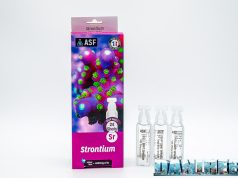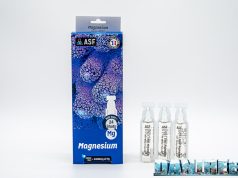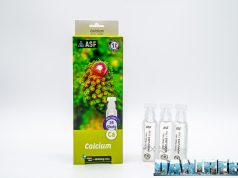Hydraulic head test
The first test we did was the hydraulic head. You already know it’s the pump’s capacity to elevate the water over a certain height. In order to this, we measured the lavel reached by the water inside a hose.
As you can see in this picture from our archive, we fix the hose to the terrace, then we turn on the pump we intend to test, we wait about 10 minutes to let it stabilize, then we measure the head. Then we repeat the procedure for each power step. In the video you can see an abstract of this working method. This below is the chart that we extrapolated from the data we measured.

The head starts from 152 cm and arrives to 290 cm that the pump maintains for 3 steps. The maximum head declared is 290 cm, so the values are perfectly coincident. So nothing to add, bravo Aquarium Systems.
Rate test
Measuring the rate was very easy thanks to the flow rate meter DigiSavant DIGIFLOW 6710M. First of all, we connected the hoses to our flow rate meter. We tried to make the device to adhere perfectly to the pump’s outlet. In the video we explained the procedure.
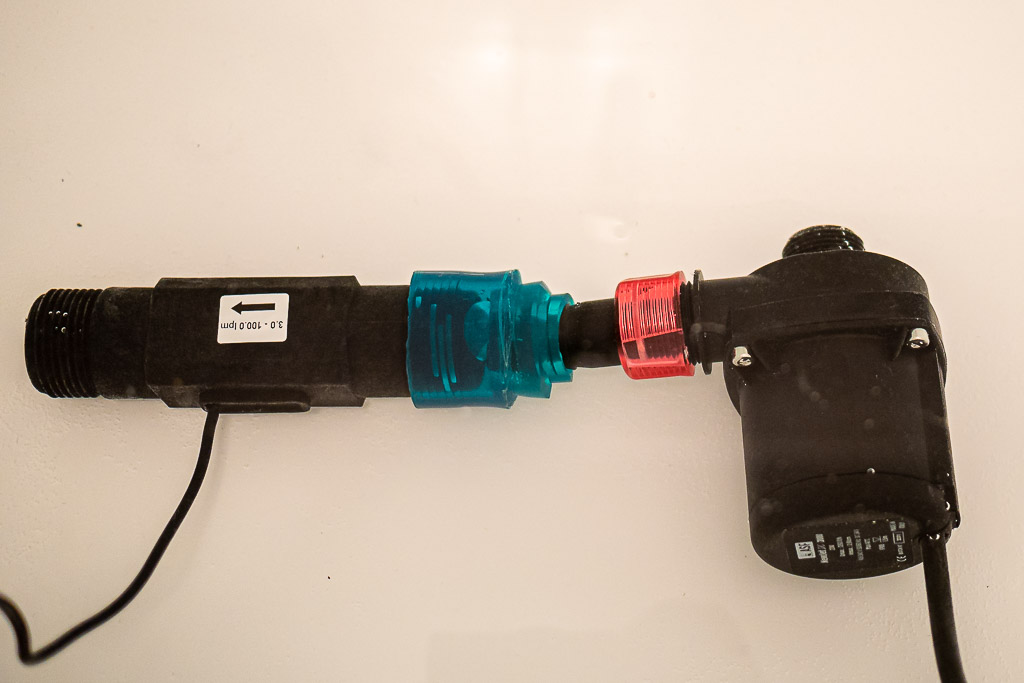
The measure is expressed in liters per minute. So we only have to multiply the result per 60 to obtain the liters per hour.
Obviously, remember that the measure is valide within the conditions in which we did the test. The hose as we used it could have led to some lacks.
But our system resulted in this value:
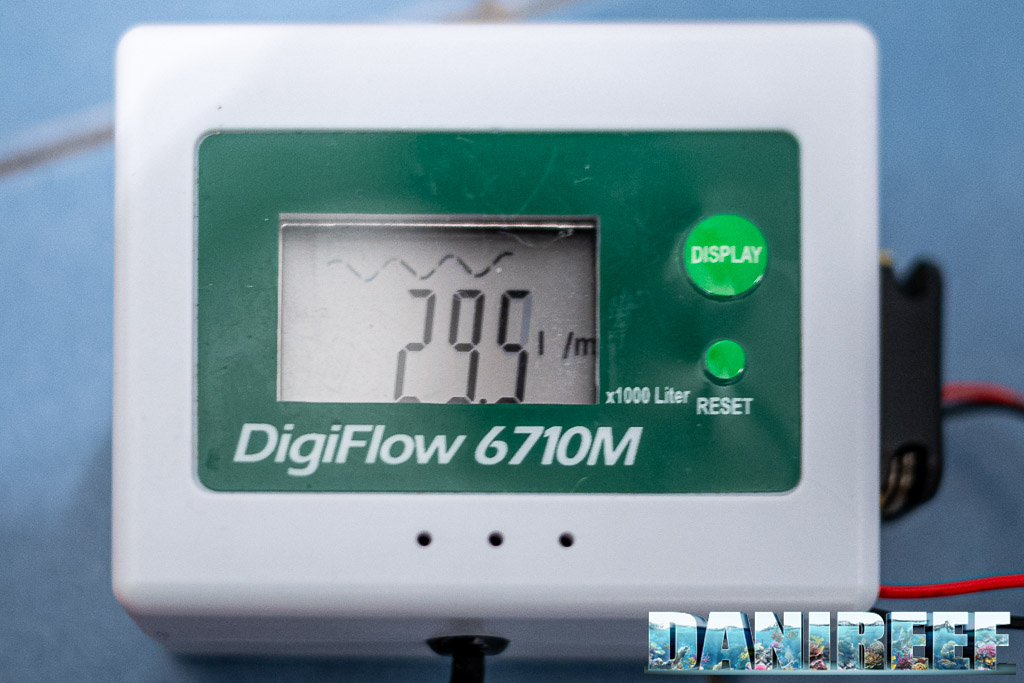
Numbers that, translated in most appropriate liters per hours, considering all the 12 available steps, lead to the following chart:
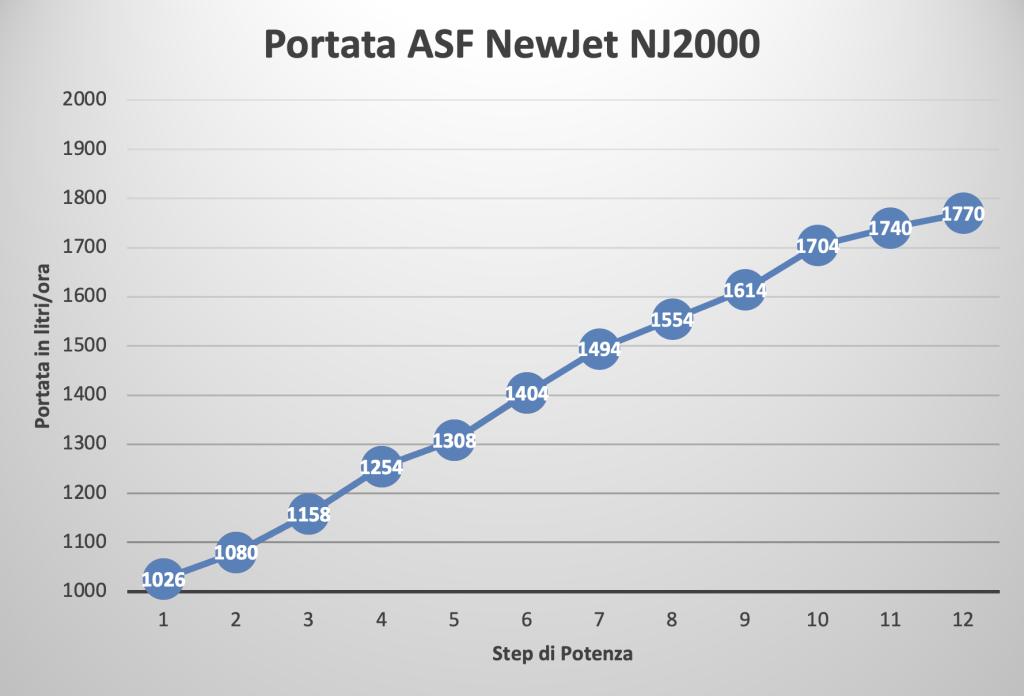
The maximum flow rate is 1.770 l/h (that is 29,5 l/m*60), slightly under the declared 2.150 l/h. So, the pump reached the 82,3% of the declared value in our test conditions. A great value, among the best ever tested for a centrifugal variable flow rate pump. An excellent result if you consider the 66% of the Ecotech Marine Vectra M1 (article), the 67% of the Waveline DC6000 (article), the 70% of the Hydor Seltz D6000 (article), the 86% of the Rossmont RX 3200 (article) and the 82,6% of the Rossmont RX 5000 (article), just to mention some of the pumps that we tested lately. And remember that we tested some pumps with flow rate under the 50% of what declared…
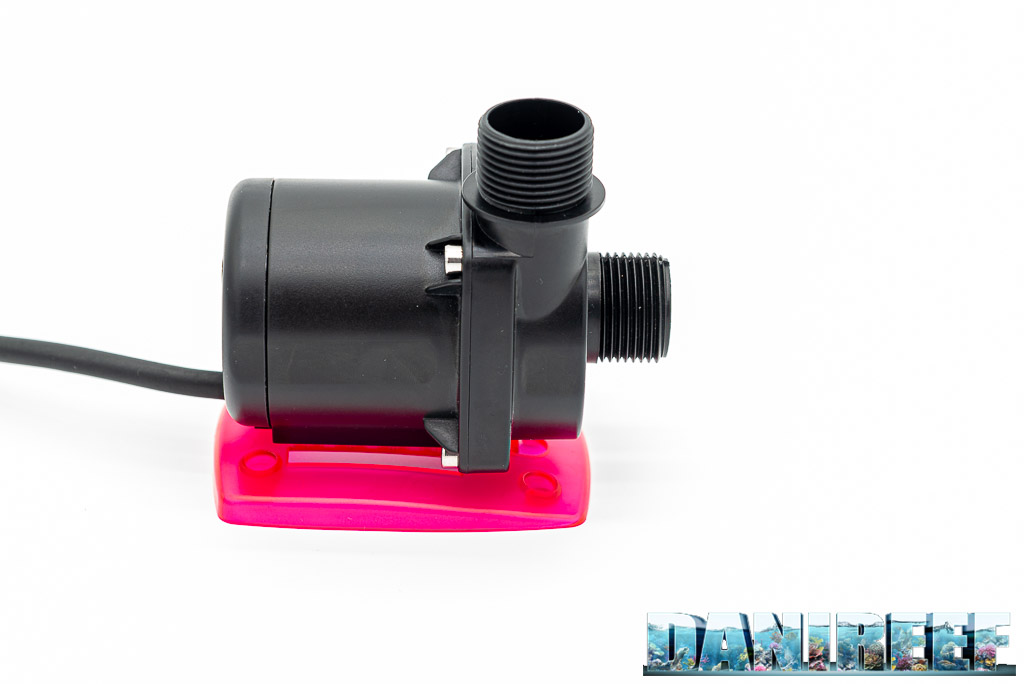
When you have to use a return pump be careful to the issues that can lower, even sharply, the flow rate. Use the bigger rubber holder in dotation. Always use a sufficiently wide pipe. The pipe has to be as short as possible and should have as few 90 degrees elbows as possible. Otherwise the flow rate will be greatly penalized.
Power consumption test
The measure of the istant power consumption was possible thanks to the useful device RCE PM600, that can also measure the Cos(fi) (or power factor). The result is already given in watt.
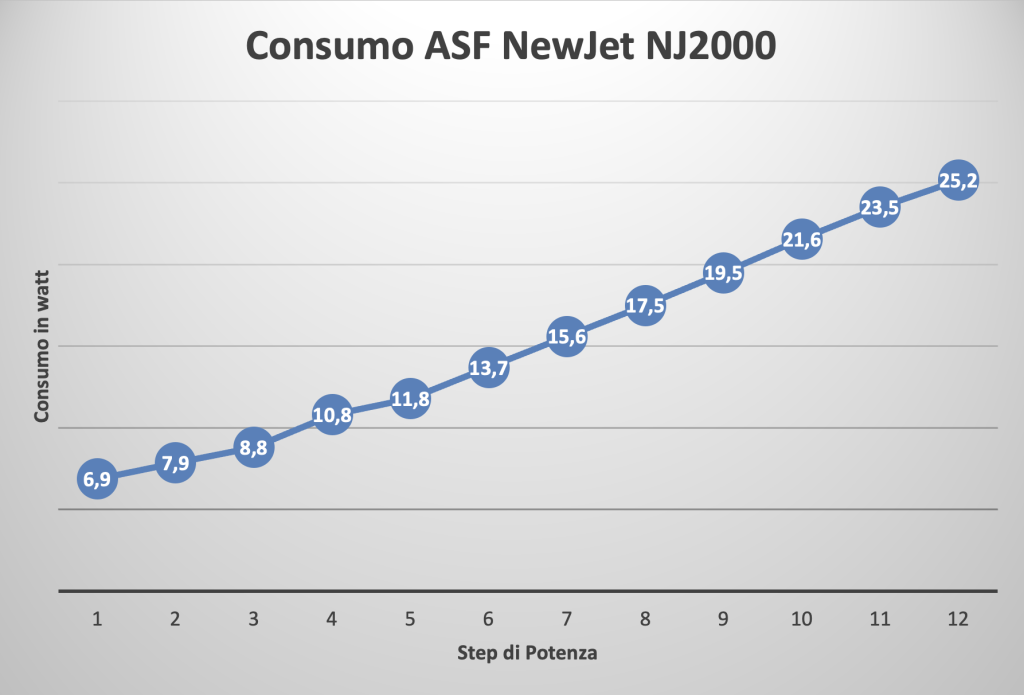
The maximum power consumption of the NewJet DC 2000 is 23 watt, according to our measurements the maximum is about 25,2 watt, practically the 9,5% more than the declared. Even in this case we can say that the values is pretty much the same.
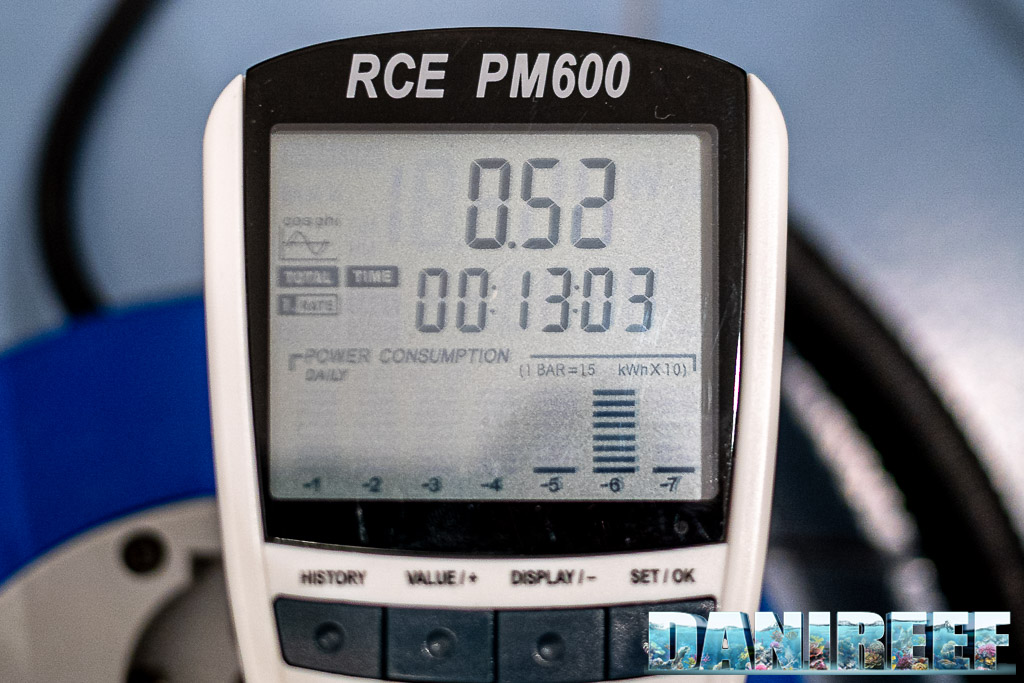
The Cos(fi) measured, that is the power factor, shows a value of 0,52, and practically speaking this means that this pump heats up a lot. Usually every pumps does that, it’s not that this ASF makes an exception.
Considering a consumptions of 25,2 watt, and an energy cost of 0,27 euro a kwh, we could use this pump continuously for a whole year at its maximum with a power consumption of about 221 kwh, from which derives a cost of 59,6 euro per year, or 6 euro per month. Which is absolutely insignificant.
Given the size of the pump and, especially, its head value, we couldn’t do our usual noise test.
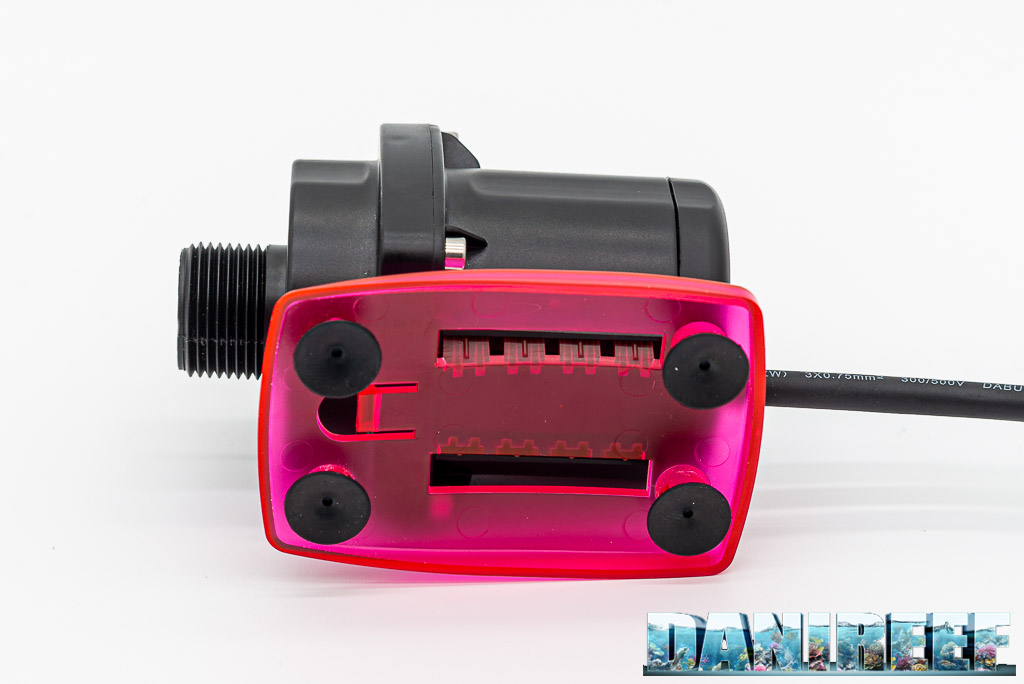
For decreasing the noise there are 4 small soft rubber suckers in dotation that go into the sleight that in turn goes under the body of the pump. It has the double purpose to reduce both vibrations and noise.
On page three you’ll find our final comments about the pump.










